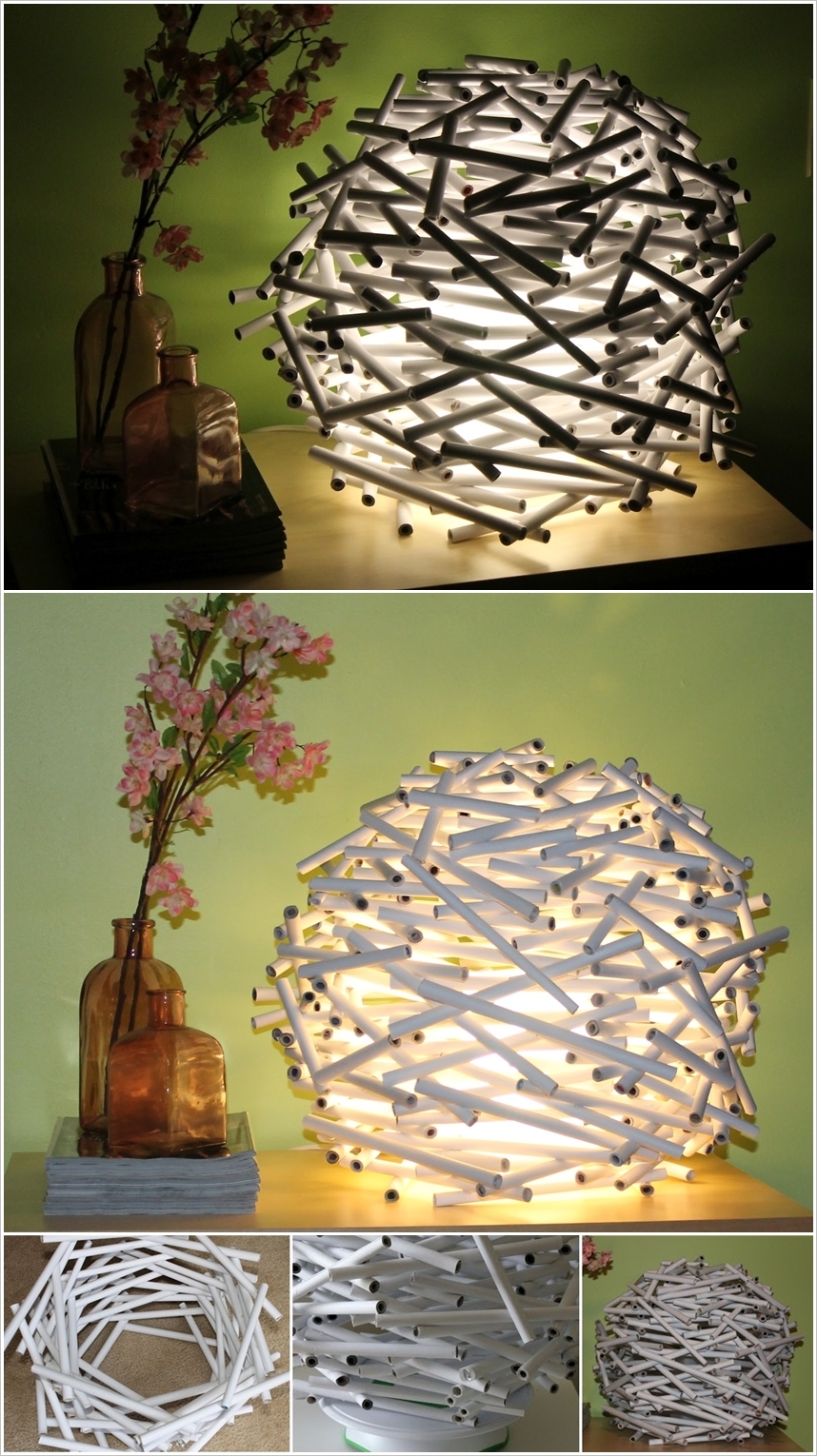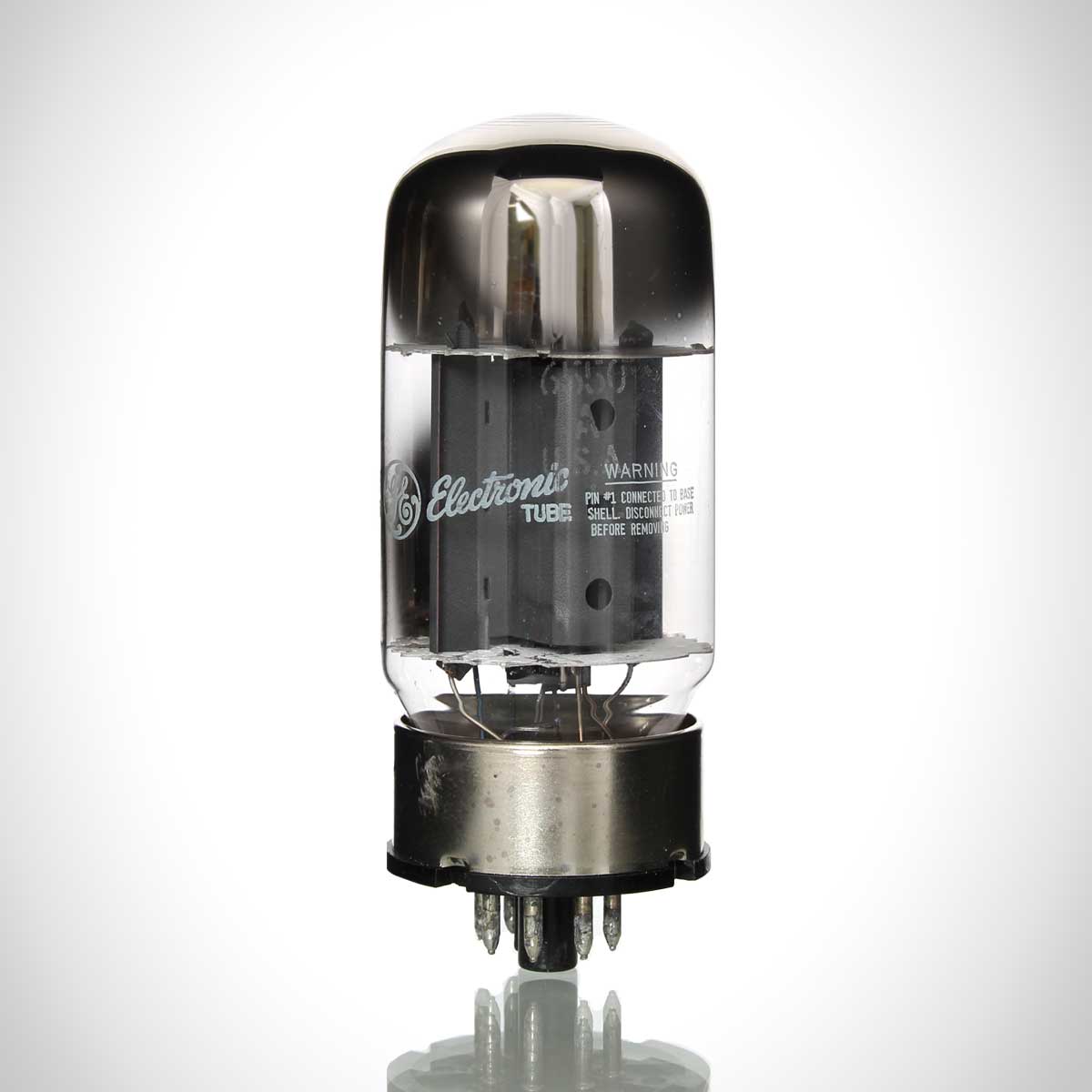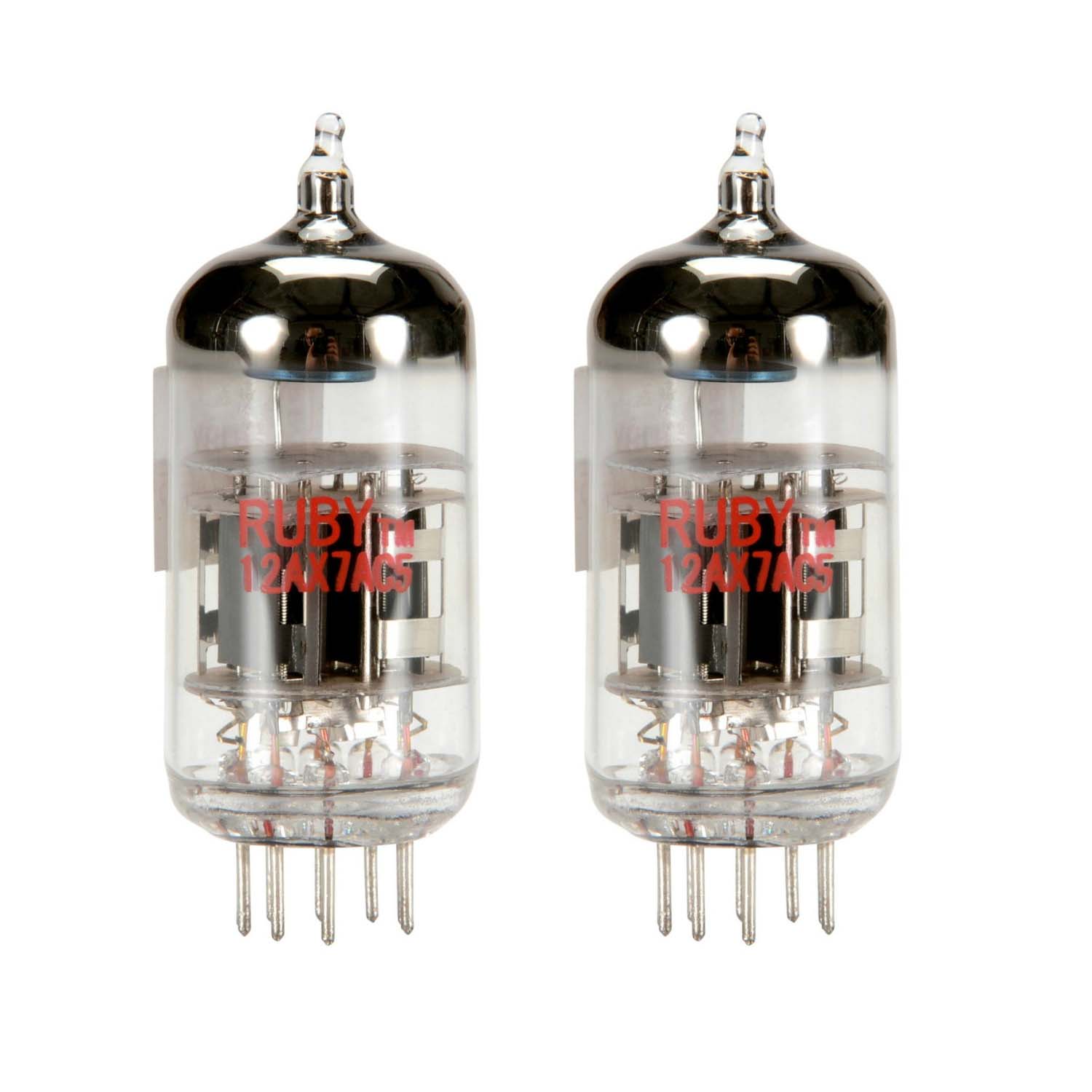
The FDA continues to monitor the current situation to help mitigate supply chain shortages and take action to ensure health care and laboratory personnel have sufficient supplies for blood collection.

For more information on these authorized tubes, please review the EUA authorization letter and accompanying Fact Sheet. Testing using these blood collection tubes is limited to authorized laboratories. On July 22, 2021, the FDA issued an Emergency Use Authorization (EUA) to Becton Dickinson for certain sodium citrate blood specimen (light blue top) collection tubes used to collect, transport, and store blood samples for coagulation testing to better identify and treat coagulopathy in patients with known or suspected COVID-19. Q: What is the FDA doing to mitigate the supply challenges of blood specimen collection tubes?Ī: The FDA recommends health care providers, laboratory directors, phlebotomists, and other personnel to consider blood specimen collection tube conservation strategies to minimize blood collection tube use and maintain quality and safe patient care for those where testing is medically necessary. Additional staff training may be necessary to use other blood collection tube systems. Certain tube collection systems from other manufacturers may not work with your current collection system. Trained staff should perform validation testing using established reagents and instruments before transitioning between tubes from different manufacturers. Draw and test specifications for certain tests may differ among blood collection tubes from different manufacturers, potentially altering test results. Q: Are same color tubes from different manufacturers interchangeable for blood specimen collection and testing?Ī: Not necessarily. The FDA continues to monitor the current situation to help ensure blood collection remains available for patients where testing is medically necessary.
IN THE TUBE UPDATE
The FDA will continue to update the list as needed. The device shortage list reflects the types of devices the FDA determined to be in shortage.


All of these tubes are covered under product codes GIM and JKA and were added to the section 506J device shortage list. Q: Are all blood specimen collection tubes in shortage?Ī: Yes, blood specimen collection tubes are in shortage, including sodium citrate tubes.īased on available information, the FDA determined several types of blood specimen collection tubes are in shortage because of an increase in demand and recent vendor supply challenges. The FDA recommends health care providers, laboratory directors, phlebotomists, and other personnel consider blood specimen collection tube conservation strategies to minimize blood collection tube use and maintain quality and safe patient care for those where testing is medically necessary. Previously, on June 10, 2021, the FDA added only sodium citrate (light blue top) tubes to the device shortage list. On January 19, 2022, the FDA updated the device shortage list to include all blood specimen collection tubes (product codes GIM and JKA). Food and Drug Administration (FDA) is aware the United States is experiencing significant interruptions in the supply of blood specimen collection (blood draw) tubes because of an increase in demand during the COVID-19 public health emergency and recent vendor supply challenges. In America "metro" is usually short for "metropolitan area" (a big city and its area of influence).The U.S. Glasgow, though it is in Britain, uses the word "subway", but in the rest of Great Britain "subway" is an underground passage for pedestrians (to cross under a road or street). but we use "subway" for other cities like Tokyo, and for example in Seoul it is "Seoul Metropolitan Subway" (not sure if people there simply says "metro" or "subway").

We use the word METRO to talk about most of the foreign underground systems in other cities: Paris, Moscow, Madrid, Shanghai, Beijing. But most everywhere else they usually call it simply the TRAIN. In America the first metro was built in New York, and it was called SUBWAY because it was built mostly under the streets (sub= under / way= road), since Manhattan street plan is quite a regular grill and it was easy to do so. But in general, in the UK we usually call it THE TUBE, because it mostly goes (or went) inside a tunnel, a tube. The first metro was opened in London and later most of it was soon built underground (under the city), so it was then called THE UNDERGROUND, even to this day. A passenger railway going inside an urban area was called the METROPOLITAN RAILWAY (urban train system), in modern English: METRO.


 0 kommentar(er)
0 kommentar(er)
